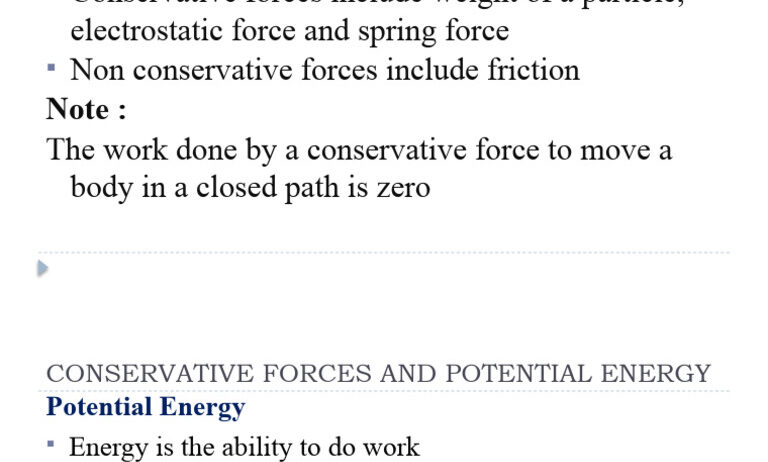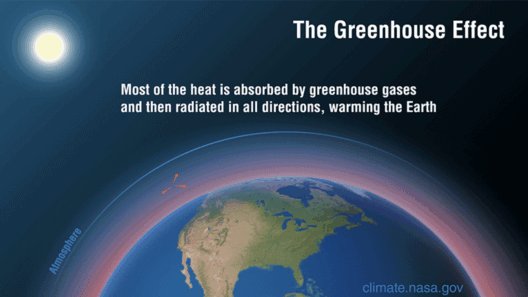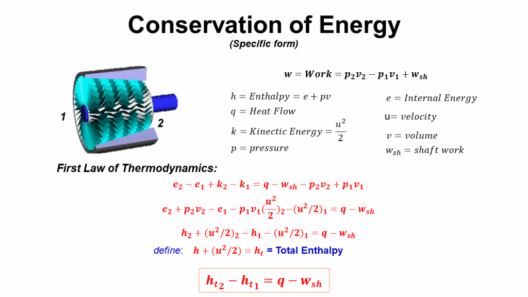Have you ever pondered the notion that non-conservative forces could harbor potential energy? At first glance, this concept seems counterintuitive. Potential energy, a familiar term in the realm of physics, is typically confined to conservative forces like gravity or spring forces. These forces possess energy that can be completely converted back into mechanical work without loss. Imagine a roller coaster at the apex of its track, poised to descend—its potential energy is unmistakable. But what of non-conservative forces, such as friction or air resistance? Can they too hold a form of potential energy that challenges our classic understanding? This inquiry leads us to dissect the nature of energy, work, and the forces that govern movement.
To begin, potential energy is defined as the energy stored within a system due to the position or configuration of its components. In classical mechanics, the most recognized forms include gravitational potential energy and elastic potential energy. Gravitational potential energy exists due to an object’s height in a gravitational field, while elastic potential energy is associated with the deformation of an elastic object, such as a compressed spring. These energies are conservative because they depend solely on the initial and final positions of the object, disregarding the path taken.
This brings us to the intriguing domain of non-conservative forces, which, by definition, can perform work that cannot be fully recovered. Friction, for instance, generates thermal energy, dissipating the work done into heat rather than storing it for future use. Despite their nature, can we say non-conservative forces are devoid of potential energy? This is where the waters of physics begin to muddy.
Consider the following scenario: a box sliding down a surface, slowed by friction. As it descends, its gravitational potential energy converts into kinetic energy. However, friction does work on the box, transforming part of the kinetic energy into thermal energy. While we observe no net potential energy as a result of this process, the interaction between kinetic energy, thermal energy, and the sliding box allows us to ponder deeper. Can the work done against friction create a scenario where potential energy manifests in some form?
When analyzing complex systems, the concept of effective potential energy surfaces comes into play. This idea suggests that in dynamic systems with both conservative and non-conservative forces, one can define a potential-like quantity that incorporates non-conservative effects. For example, in a mechanical system undergoing damping, the influence of friction can be analyzed alongside the conservative forces. Such an interpretation may render a modified potential energy landscape, one that acknowledges the dissipative nature of non-conservative interactions while still retaining a semblance of potential energy.
In practical terms, this could be likened to a rubber band. Initially, when stretched, it accumulates elastic potential energy. However, if the rubber band were released onto a surface with significant friction, it would not only snap back to its original state but also lose energy to heat. The original potential energy is partially converted and partially dissipated—but can we argue there exists a potential energy stored in the deformation process influenced by the non-conservative force of friction? This paradigm shifts our understanding of potential energy, highlighting that it may appear elusive when considering energy transformations and losses.
Another intriguing aspect arises in the field of thermodynamics. In certain thermodynamic systems, such as those involving phase transitions, the concept of latent energy can be likened to a non-conservative potential energy. When a substance transitions from solid to liquid, for instance, energy is required to disrupt the intermolecular forces holding the solid together. This process does not produce work or appear as conventional potential energy but illustrates how energy persists within systems in forms that challenge the strict classification of conservative versus non-conservative. This latent energy could be perceived as a reservoir of potential yet to be converted into work.
As environmental stewards, integrating the implications of potential energy associated with non-conservative forces into real-world scenarios warrants attention. Take wind energy, for example. While the kinetic energy of wind is heavily influenced by drag, which is a non-conservative force, advancements in turbine technology convert this kinetic energy into electrical energy. Understanding how non-conservative forces impact energy capture and conversion will be pivotal in optimizing renewable energy solutions and driving the shift towards sustainable practices.
The core query remains: Can non-conservative forces still harbor a latent form of potential energy? While classical mechanics presents a rigid delineation between conservative and non-conservative forces, the inherent complexity of energy interactions invites us to think critically and expansively. The potential energy landscape may be far more intricate than initially perceived. As scientists explore these fronts, innovations will unfurl, contributing not only to academic discourse but also to practical solutions that shape our understanding of energy conservation, efficiency, and sustainability in an ever-evolving world.
In conclusion, the exploration of whether non-conservative forces can exhibit potential energy highlights a fascinating intersection of physics and real-world applications. This subject matter not only enhances a theoretical understanding of energy but also encourages a critical examination of our energy systems and their sustainability. As we continue to unravel these concepts, it becomes imperative for environmental advocates to remain engaged with the evolution of energy discourse, seeking pathways to harness both conventional and unconventional energy forms for the greater good.








